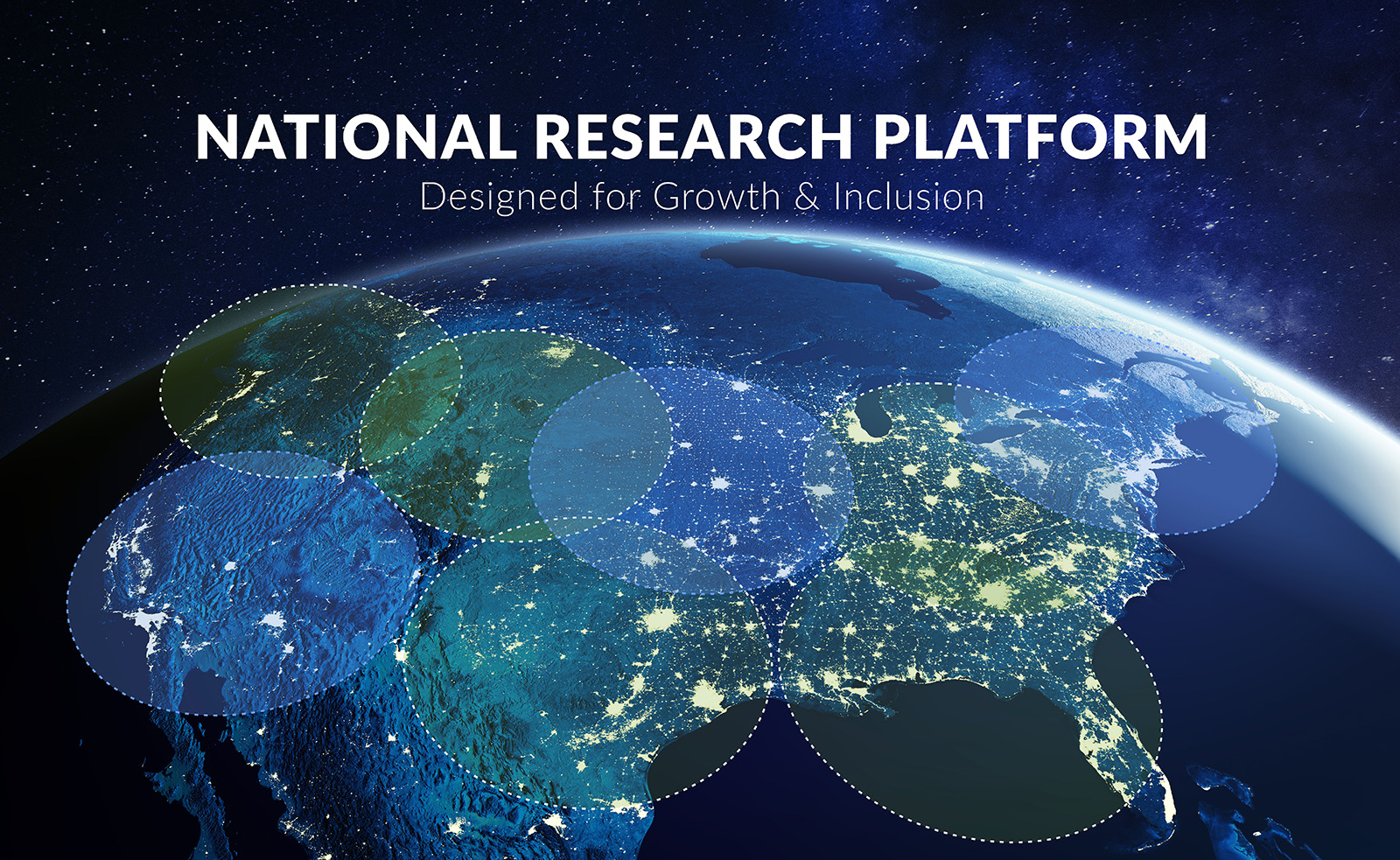Aug 11, 2021
By Victoria Grdina

The University of Nebraska–Lincoln was recently awarded a new grant from the National Science Foundation to participate in the development of new cyberinfrastructure ecosystem that meets the needs of today’s data-intensive science.
Proposed as the Prototype National Research Platform (NRP), the innovative, all-in-one system—computing resources, research and education networks, edge computing devices and other instruments—is a testbed for science drivers as diverse as the platform itself to expedite science and enable transformative discoveries.
Research assistant professor of computer science Derek Weitzel will serve as a co-principal investigator on the project and will lead the operations and administration of the NRP.
“Management and operations of the NRP, a distributed scientific resource, extends the experience that HCC has with operations of the Open Science Grid,” Weitzel said. “The NRP enhances our experience by introducing new technology and keeps HCC on the forefront of advances in distributed computing.”
For this first-of-its-kind resource, the NSF awarded the San Diego Supercomputer Center (SDSC) $5 million over five years, with matched funding for systems operation. The award will support hardware and deployment at Nebraska and across three other facilities: the Massachusetts Green High Performance Computing Center (MGHPCC) in Mount Holyoke, MA; the San Diego Supercomputer Center (SDSC) located at UC San Diego, as well as five data caches in the Internet2 network backbone.
According to Frank Würthwein, interim director of SDSC and principal investigator (PI) on the NRP project, the funding will enable him and the co-PIs to work with the research community to explore NRP’s experimental architecture.
“NRP provides resources and capabilities for diverse science, plus the expertise of systems people and the user community,” said Würthwein. “It’s an open system designed for growth and inclusion—a way for academic institutions to join a national system and, through their participation, enlarge and enrich the HPC ecosystem.”
Key components of the NRP architecture include research and education networks, compute accelerators, heterogenous computing resources (e.g., edge computing near the instrument location), a content delivery network to provide easy access to any data, anytime, from anywhere, and an overall systems software stack that allows for central management of the system, while remaining open for growth. Innovative technical features of the HPC subsystem include a mix of field programmable gate array (FPGA) chips, graphics processing units (GPUs) with memory and storage in a fully integrated extremely low-latency fabric from GigaIO.
Nebraska will lead NRP’s infrastructure operations using Kubernetes to manage remote systems at the three primary sites and Internet2, as well as the BYOR locations.
“Kubernetes is a new interface and new operations model for many in research computing. We are excited to expand the community’s experience with Kubernetes while providing cyberinfrastructure resources to scientists,” said Weitzel.
NRP will also leverage Nebraska’s expertise in livestock management and using shared instrumentation for precision animal management. Professor Robert Twomey, a digital artist, researcher and educator at the Johnny Carson Center for Emerging Media Arts, will explore the poetic intersection of human and machine perception.
The NRP project is structured as two distinct phases: the testbed phase, which includes evaluation and expansion of NRP for science and engineering research (years one to three), and the allocations phase, which involves widespread adoption of the NRP resource (years four to five).
“We aspire for our science drivers to not just use the infrastructure but to intellectually impact each other, forming mutual support networks that we enable via managed Slack channels in addition to more standard user support. We consider this in itself a testbed for scalable user support of an HPC system,” said co-PI Mahidhar Tatineni, SDSC.
The NRP will be deployed in the first half of 2022.